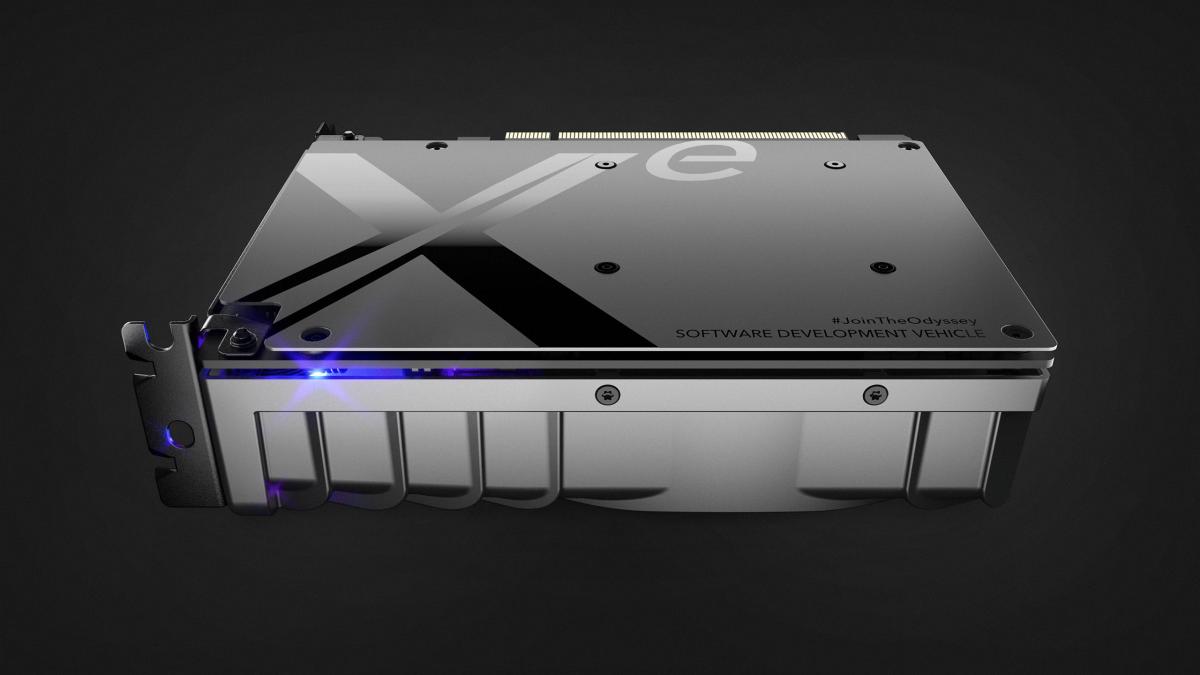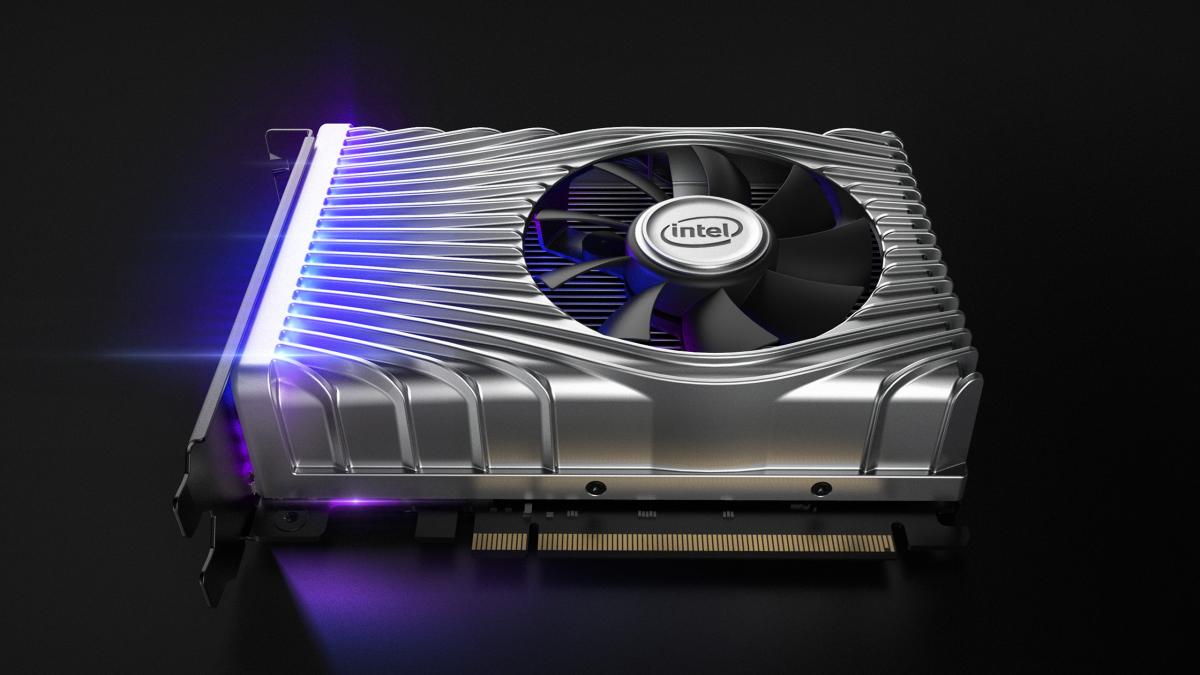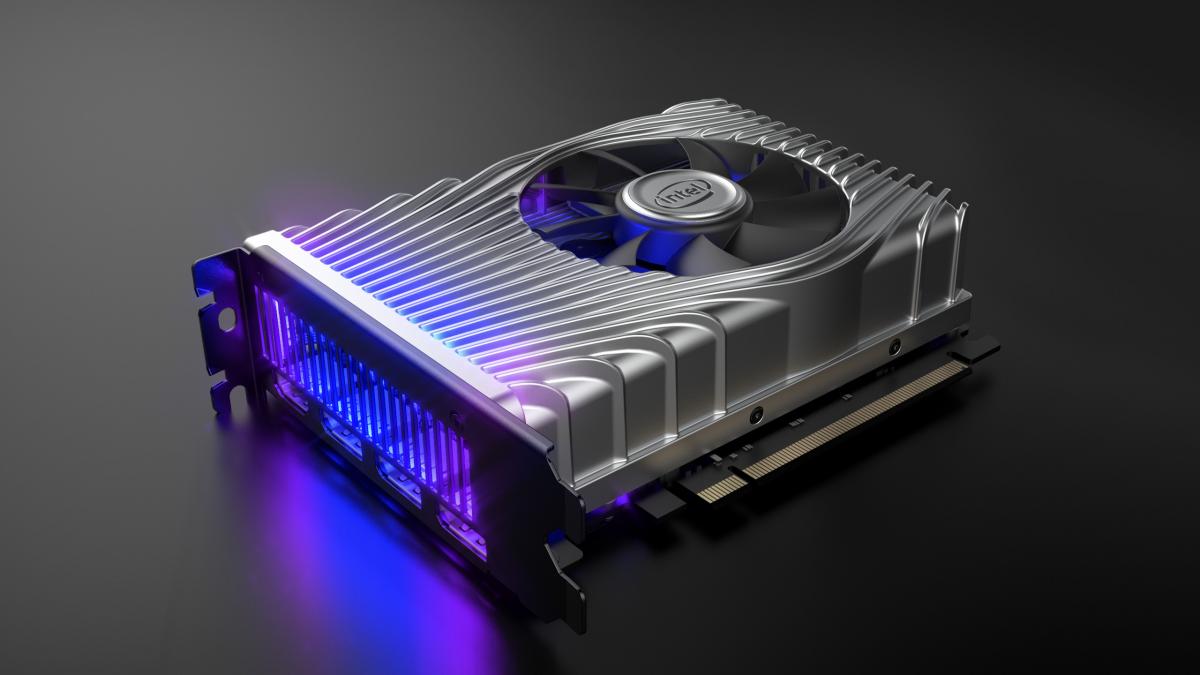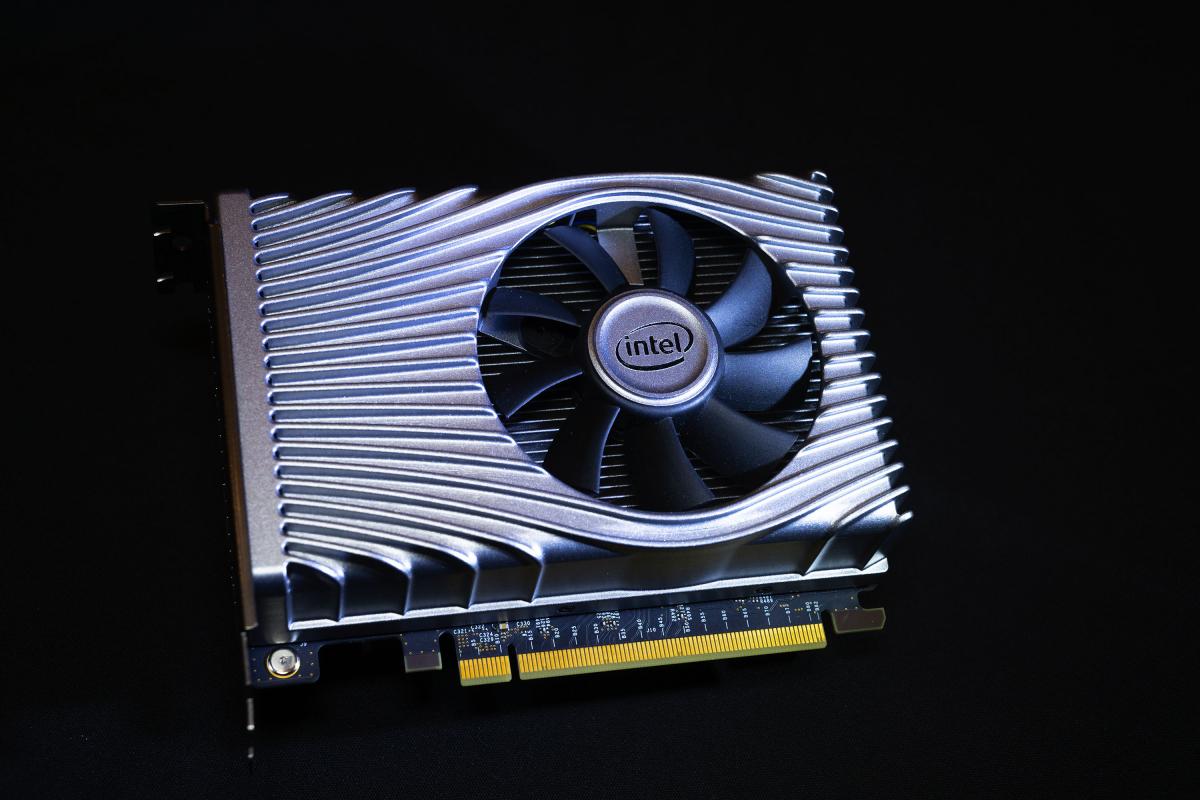Below the fold, you can see presented slides from the graphics briefing that occurred earlier yesterday, and images of the “DG1” Software Development Vehicle (SDV). Intel reveals pictures of the card, designed primarily for ISV's as a software development product.
First a quick apology to Intel and media that abide embargoes, mistakenly we posted this news item earlier today when it was work-in-progress. It was a simple matter of pushing the wrong button and then 10 minutes later realizing the content was actually live. We're sorry about that, as breaking embargoes is not our style. Back to the news then. At the end of 2017 it was apparent that Intel wanted to develop dedicated GPU's, they formed a new Core and Visual Computing Group and placed Raja Koduri (ex-AMD Radeon) leading the team, here is where Xe got alive.
Xe
Intel shares word and imagery on its development card and product positioning with its micro-architectures. Obviously, there will be one main 'Xe' architecture, however, the product ranges will be split up in three microarchitectures which are to be named Xe-LP, Xe-HP, Xe-HPC spanning the entire range of solutions from mobile to high-performance computing.
- Xe LP is segmented for Ultra Mobile, PC Mobile, Entry level to Mid-Range Graphics.
- Xe HP is getting a focus for Media Transcode Analytics, Workstation, High-End Graphics.
- Xe HPC is obviously short for high-performance computing HPC / Exascale, DL / Training, Cloud GFX.
Xe-LP is the microarchitecture optimized for low power products. HP is for high performance and HPC is the data center/supercomputing as well as the product for this demographic, the enthusiast gaming audience.
One of the initial products to utilize Intel's Xe discrete GPUs would be the Tiger Lake powered mobile notebooks, expected to arrive later this year. Digging into the slides Tiger Lake could offer up another big jump in graphics performance improvement over Ice Lake (they've verbally mentioned “up to 2x” the graphics performance of Ice Lake at the press conference and the briefing). Double-digit CPU performance gains from 10th gen Intel Core to 11th gen Intel Core.
The card on the renders then, hardware developers can use it to develop software for Intel's first discrete GPU. But unfortunately, no technical details are revealed here. Intel itself speaks about a software enablement vehicle.
Intel placed the DG1 silicon on a PCIe card and will be shipping it to ISVs globally in the upcoming weeks and months, enabling developers to optimize for Xe for both Tiger Lake and DG1. Intel showed its “DG1” Software Development progress by running the Warframe game. No specs, settings, etc, however, have been revealed or shared. Aside from interesting looks, the development card photos themselves show very little, indicative of an SDK card for ISVs.
You will notice it lacking external power connectors, meaning this sample is fairly low as it uses less than 75 Watts. While the plating is ready for display-port and HDMI connectors, these are factual missing for the development product as well. It is likely to see and expect more details and hopefully some specs in the Computex time frame, at the start of the Summer. The big overall news is that products based on the Xe architecture are coming, that is the main message that Intel is relaying today.
Have a peek:













.png)
